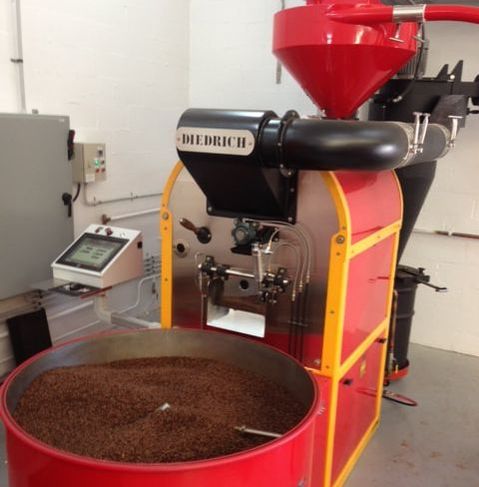So, what is the difference between coffee blends and Single Origin coffee? Its something that a lot of people are unsure about and also a little afraid to ask about. That's perfectly normal, we often fear the unknown!
Think about a Single Origin coffee as a coffee that is grown in one region, or more specifically, one coffee farm - it is then processed, bagged, transported to the exporter, shipped internationally to arrive at the roaster, to then be unpacked as a raw green coffee bean into a roaster and roasted according to that roasters specific style and specification, too then be packaged up for the customer to enjoy. You then have a bag of fresh roasted Single Origin coffee, sometimes referred to as S.O. Coffee. Popular regions of Single Origin Coffee might be Ethiopia, Brazil, Nicaragua, Kenya, Costa Rica, Indian, PNG. Each Single Origin bean will have its own characteristic, such as;
As you can see, a Single Origin will be very specific in one particular flavour, but that comes at a cost of a balance of flavour. A Master Roaster invests time and experimentation time in to then blending the best coffees from the world to produce a signature blend that might bring the boldness of a Colombian bean, with the aroma and mouth feel of a PNG bean and the highlights of a Kenyan AA bean, all in specific ratios, roasted to their own specific roast profiles to deliver an exceptional cup of coffee.
When you next enjoy your Bay Beans coffee, try and pick the different flavours in the coffee - you can even see in the whole beans as they sit in the hopper, the different sized coffee beans that make up your blend. Compare the flavours to the other Bay Beans varieties and see if you can discover which variety is more pronounced than the other in different ways. As a clue, Espresso Master has more South American beans compared to Forte which has more Central American beans.
Think about a Single Origin coffee as a coffee that is grown in one region, or more specifically, one coffee farm - it is then processed, bagged, transported to the exporter, shipped internationally to arrive at the roaster, to then be unpacked as a raw green coffee bean into a roaster and roasted according to that roasters specific style and specification, too then be packaged up for the customer to enjoy. You then have a bag of fresh roasted Single Origin coffee, sometimes referred to as S.O. Coffee. Popular regions of Single Origin Coffee might be Ethiopia, Brazil, Nicaragua, Kenya, Costa Rica, Indian, PNG. Each Single Origin bean will have its own characteristic, such as;
- Ethiopia and Kenya typically produce very fruity, citrus and bright flavoured beans
- Colombia and Brazil typically produce bold coffee flavours with a great mouthfeel
- PNG (Papua New Guinea) typically produce mild coffee flavours but a great aroma
As you can see, a Single Origin will be very specific in one particular flavour, but that comes at a cost of a balance of flavour. A Master Roaster invests time and experimentation time in to then blending the best coffees from the world to produce a signature blend that might bring the boldness of a Colombian bean, with the aroma and mouth feel of a PNG bean and the highlights of a Kenyan AA bean, all in specific ratios, roasted to their own specific roast profiles to deliver an exceptional cup of coffee.
When you next enjoy your Bay Beans coffee, try and pick the different flavours in the coffee - you can even see in the whole beans as they sit in the hopper, the different sized coffee beans that make up your blend. Compare the flavours to the other Bay Beans varieties and see if you can discover which variety is more pronounced than the other in different ways. As a clue, Espresso Master has more South American beans compared to Forte which has more Central American beans.

 RSS Feed
RSS Feed
